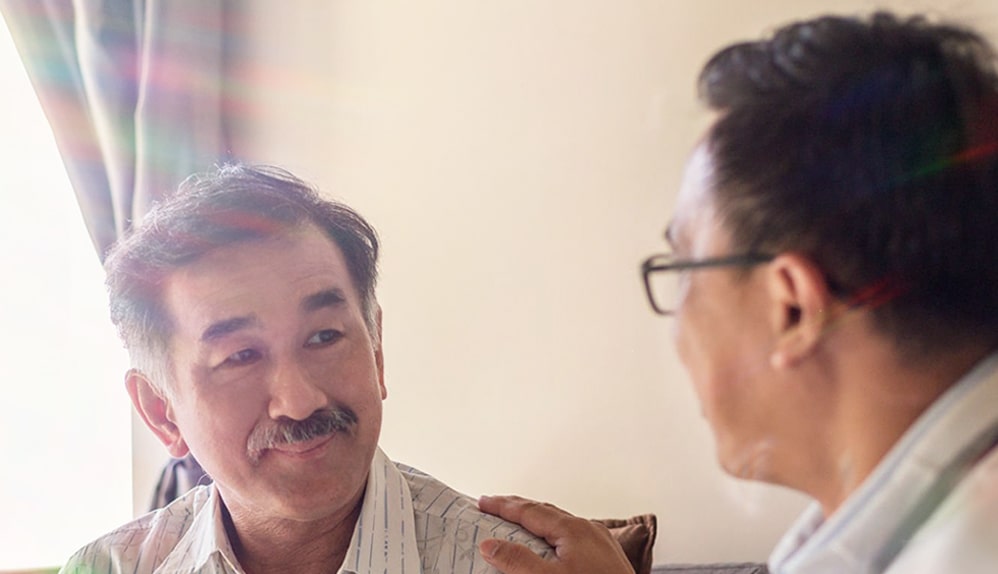You didn't choose kidney failure, but you can choose how to deal with it.
An increasing number of people are deciding to regain control of their lives by choosing the treatment path that best supports their physical, emotional and lifestyle needs. For them, it's another chance at life. It's another chance to begin again.
WHEN THE KIDNEYS DON'T WORK

Being diagnosed with kidney failure is difficult, but you can take the steps to make your path ahead smoother. Start by educating yourself and having an informed discussion with your doctor. With the right approach and armed with sufficient information, you can be more prepared to take the first steps of your treatment journey.
CHOOSING YOUR TREATMENT PATH

PERITONEAL DIALYSIS (PD)
PD is a treatment that uses the lining of your abdomen - called the peritoneal membrane - to remove waste products from your blood. PD allows a flexible treatment schedule, as it can be done at home or work, and either during the day or during sleep.

HAEMODIALYSIS (HD)
Haemodialysis uses a machine, and synthetic membrane called a dialyser to filter your blood. HD is usually done in a dialysis clinic or hospital under the supervision of a clinician. In-centre HD usually involves visiting the hospital or clinic three times a week for treatments that last 3-5 hours.

TRANSPLANT
A kidney transplant is a surgical operation where a healthy kidney from a donor is placed in your body. This new kidney will filter your blood and remove excess fluids the way your own two kidneys would if they were healthy. However, given that the average waiting time for a kidney is between 3 and 5 years, you may still need to be on dialysis before the transplant.

CONSERVATIVE CARE
If it is felt that neither dialysis nor kidney transplant is the right option for you, you may consider conservative care. Conservative care focuses on controlling your symptoms and maintaining your quality of life.